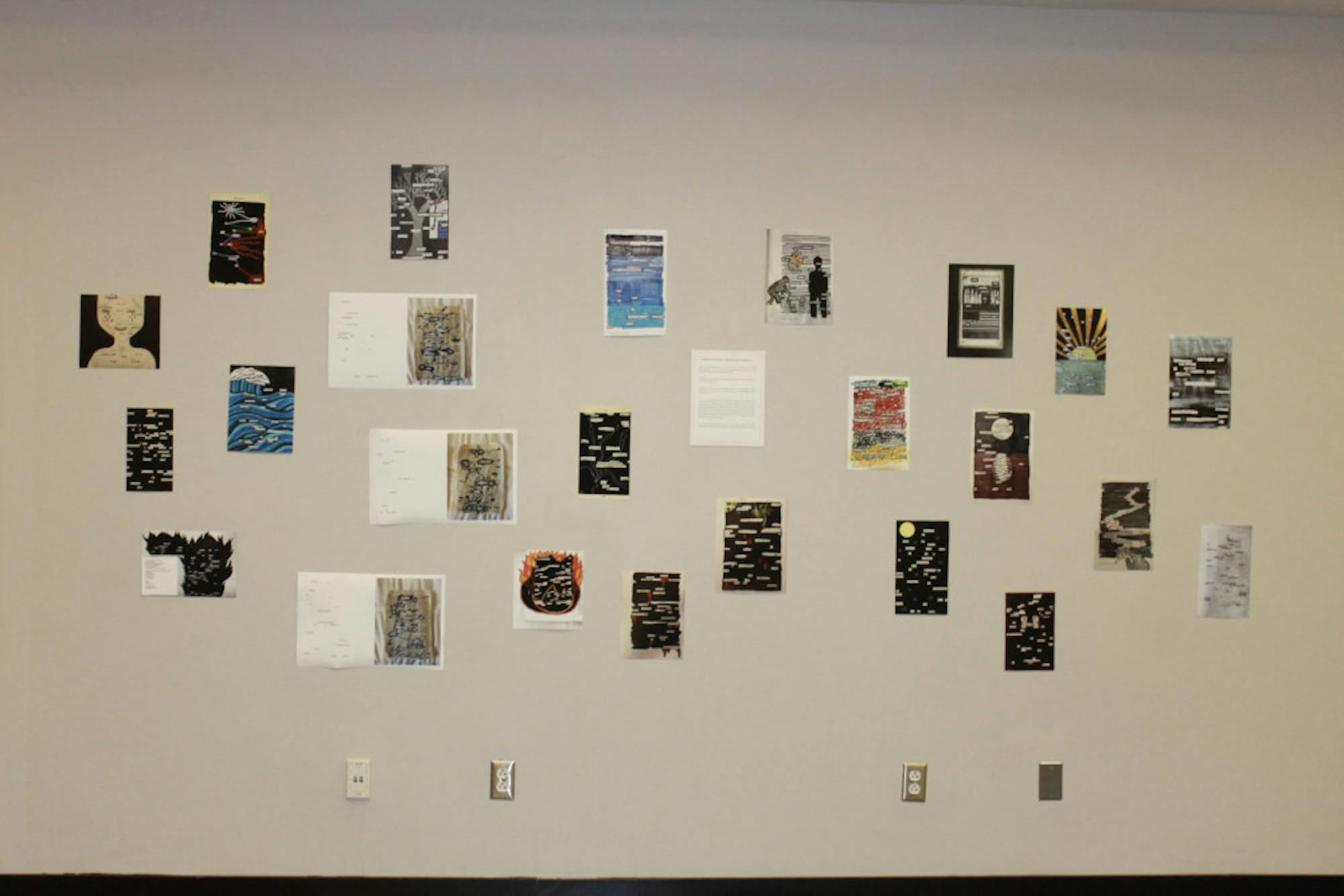University President Anthony Monaco announced the results of the Public Art workstream, launched in July alongside four other workstreams as part of the university’s initiative to become an anti-racist institution. The Public Art workstream was chaired by Dina Deitsch, director and chief curator of Tufts University Art Galleries and Marty Ray, chief of staff of the Office of the President.
According to Marty Ray, the catalyst for the creation of the Public Art workstream was the portraits in the Coolidge Room in Ballou Hall, which were all of white, male past presidents of the university.
“There were numerous concerns that have been raised over the years that the portraits of individuals on campus were skewed toward memorializing white men, a fact that was proven by our campus art audit, even long after individuals of color had made significant contributions to Tufts’ history," Ray wrote in an email to the Daily.
The paintings were taken down in September 2020.
According to Ray, the preexisting Public Art Committee, which had previously worked on a project involving the Alumnae Lounge in the Aidekman Arts Center, took on the duties of the workstream.
"Members [of the workstream] included students, faculty, and staff ranging from academic leaders, art historians, our campus photographer, the University archivist, and our VP of Operations who oversees all capital projects," Ray said.
The report examined the demographics of the subjects and artists on display on the Medford/Somerville campus and revealed a massive underrepresentation of marginalized groups. In particular, of the 47 portraits on view representing historical university figures, 100% of the subjects are white and 98% are men. Of the 196 total objects on view, 83% are made by white artists, and of those depicting human figures, 83% are white and 83% are men.

"It is clear that the university portraits do not display the diversity of Tufts’ community and history in respect to race, ethnicity, and gender," the report said.
The workstream report recommends changing how Tufts University Art Galleriesselects artwork for its collections. According to Deitsch, in the past, all art proposed for the collection was examined by a Gifts of Art Committee and vetted to make sure it complied with their collection policy, but this will change.
"At this stage, we can see that our racial and gender breakdown of artists is unbalanced and in our new collections policy—that we’re in the process of editing and circulating through the Gifts of Art committee—we’ve laid out a set of clear priorities for any new artwork that includes focusing on artists from underrepresented communities; alumni artists; building from our exhibitions program; and artworks that strengthen teaching and learning for faculty," Deitsch wrote.
Deitsch added that while these changes may not be immediately apparent, the hope is that over time, the composition of the university’s art holdings will change.
In Addendum 1 of the report, the workstream members detailed the guiding principles the Public Art Committee and related entities will use when developing and commissioning new works of art for the university collection. One of the guidelines outlines the prioritization of representation.

"Ensure that both figures/subjects and artists are from formally excluded or marginalized groups in terms of their race, gender, and ethnicity," the report said. "This means prioritizing women, LGBTQ people, Black people, Indigenous people, and faculty, staff, and alumni of color as subjects and seeking out commissions from artists representing those identities."
A section of the workstream is dedicated to the Coolidge Room, calling for the replacement of the portraits that once hung there with new ones, and suggests specific individuals as subjects.
"To specifically address the stark absence of Black portraiture on view or in the collection, and in accordance with working against anti-Black racism as a core value, the [Public Art Committee] recommends we begin with a commission of two historic Black figures from Tufts’ community as soon as Summer 2021," the report said.
The report advises commissioning artwork of notable Black, indigenous and people of color on an annual basis for at least five years.

Deitsch again emphasized that creating art takes time, so these will not be immediate changes, but she said she hopes the process will move quickly.
"I would hope that we can start engaging with artists later this spring and summer to begin a process so that we can share new work—be it a portrait or mural or community project—next academic year," Deitsch said.
Deitsch added that interested students can get involved with these developments.
"Look out for calls for focus groups and community meetings in the coming months ahead," Deitsch said. "The galleries have a new student advisory board as well that will be integrated into this process that can help connect students to this work."
Ray said the university administration is in agreement with the findings and recommendations of the workstream.
"While the President and the Senior Team do reserve the right to make final decisions on implementation, we have been supported throughout this work and the financial commitment that the University has made makes us confident that we’ll be able to implement most of our recommendations in due course of time," Ray said.






